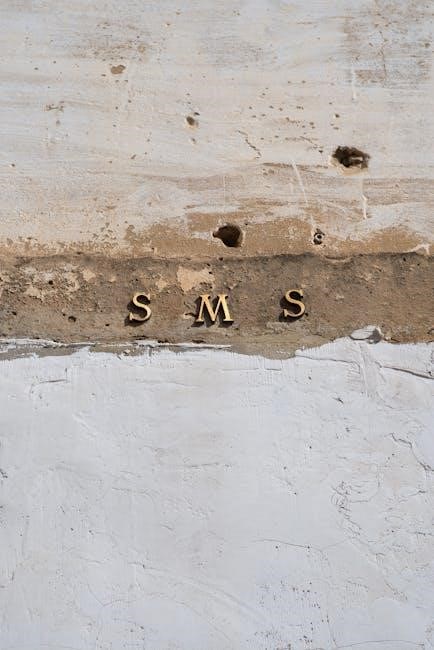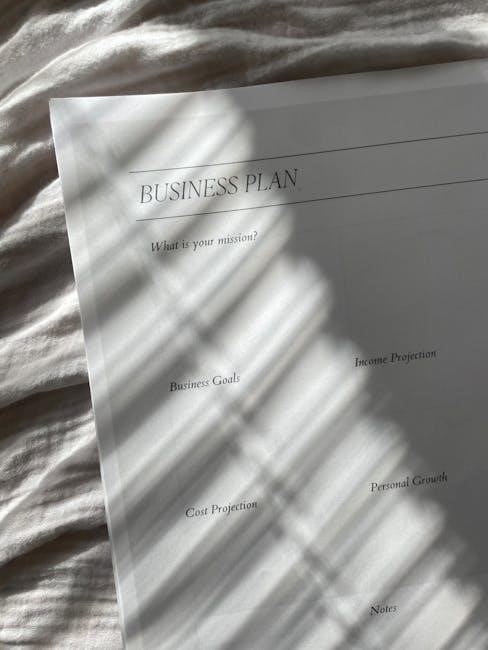Understanding text structure is crucial for effective reading and writing, using
templates
and signal words to create different structures, with various
genres
and text types available online.
Definition of Text Structure
Text structure refers to the way in which a text is organized and the relationships between different parts of the text. It involves the use of various techniques such as signal words, transitional phrases, and graphic organizers to create a coherent and logical structure. The definition of text structure is important because it helps readers to understand the author’s purpose and message. A text can have a specific structure, such as chronological, descriptive, or comparative, and each structure has its own unique characteristics and features. Understanding text structure is essential for effective reading and writing, as it enables readers to identify the main ideas, supporting details, and relationships between different parts of the text. By recognizing the structure of a text, readers can better comprehend the author’s message and purpose, and writers can create more effective and engaging texts using various online resources and templates.
Importance of Text Structure
The importance of text structure lies in its ability to enhance reader comprehension and engagement. A well-structured text helps readers to identify the main ideas, supporting details, and relationships between different parts of the text. This, in turn, enables readers to better understand the author’s message and purpose. Effective text structure also facilitates critical thinking and analysis, as readers are able to evaluate the author’s arguments and evidence. Furthermore, text structure is essential for effective communication, as it helps to convey complex information in a clear and concise manner. By understanding and using text structure, writers can create more engaging and effective texts, and readers can improve their comprehension and critical thinking skills, leading to better academic and professional outcomes, and increased overall understanding of various subjects and topics through online resources. This is supported by various studies and research on text structure and its impact on reading and writing skills.

Types of Text Structure
Text structures include narrative, non-fiction, and poetry, using
templates
and signal words to create different structures online.
Narrative Text Structure
Narrative text structure is a type of text that tells a story, using a sequence of events to convey a message or theme. It typically includes characters, setting, and plot, and is often used in fictional stories. The narrative structure can be further divided into sub-types, such as adventure, romance, or mystery. In a narrative text, the author uses descriptive language and dialogue to engage the reader and create a vivid image of the story. The use of signal words, such as first, next, and then, helps to guide the reader through the story and create a sense of chronology. Narrative text structure is commonly used in literature, and is an essential skill for readers to understand and analyze. By recognizing the narrative structure, readers can better comprehend the author’s message and appreciate the story’s themes and characters. This skill is also useful for writers, as it helps them to craft engaging and effective stories.
Non-Fiction Text Structure
Non-fiction text structure refers to the organization of factual information in a text, using a logical and coherent approach to convey information. This type of text structure is commonly used in informative articles, essays, and reports. The text is often divided into sections or chapters, each with a specific focus or topic. The use of headings, subheadings, and bullet points helps to guide the reader through the text and provide a clear overview of the content. Non-fiction text structure can include various types, such as explanatory, descriptive, or comparative texts. The author’s purpose is to inform or educate the reader, rather than to entertain. The text typically includes factual information, statistics, and examples to support the author’s claims. By understanding non-fiction text structure, readers can better analyze and evaluate the information presented, and writers can create clear and effective informative texts. This skill is essential for academic and professional writing.
Poetry Text Structure
Poetry text structure refers to the organization of language and form in a poem, using techniques such as rhyme, meter, and stanzaic structure to convey meaning and create a specific atmosphere. The use of
imagery
and
figurative language
adds depth and complexity to the poem. Poetry text structure can include various forms, such as sonnets, haikus, or free verse, each with its own unique characteristics and requirements. The poet’s use of language and form helps to create a specific tone and mood, drawing the reader into the world of the poem. By understanding poetry text structure, readers can better appreciate the poet’s craft and interpret the meaning behind the words. Poetry text structure is a key element of literary analysis, allowing readers to explore the ways in which poets use language and form to create powerful and expressive works of art, and to develop their own skills in writing and interpreting poetry. This understanding is essential for a deeper appreciation of poetry.

Text Features and Signal Words
Signal words and
graphic organizers
help identify text features and structure, enabling effective reading comprehension and writing skills development online always.
Signal Words
Signal words are essential in identifying text structure, as they guide the reader through the author’s message, using words like because, since, and therefore to indicate cause and effect relationships, and words like first, next, and then to indicate chronological order, which is crucial in understanding the author’s purpose and organization of ideas, and signal words can be found in various genres, including narrative, non-fiction, and poetry, and can be used to create graphic organizers, which help visualize the text structure, and can be used to summarize a text passage, and can be used to create different text structures, such as descriptive, comparative, and problem-solution, and can be used to identify the main idea and supporting details, and can be used to improve reading comprehension and writing skills, and are an important tool for students to learn and use effectively in their academic careers, online resources are available.
Graphic Organizers
Graphic organizers are visual tools used to organize and structure information, helping students to understand and identify text structure, and can be used to create a visual representation of the text, using diagrams, charts, and maps to illustrate the relationships between ideas, and can be used to summarize a text passage, and to identify the main idea and supporting details, online resources provide various templates and examples of graphic organizers, such as Venn diagrams, flowcharts, and concept maps, which can be used to teach students about different text structures, and to help them develop their critical thinking and reading comprehension skills, and can be used to support students in creating their own graphic organizers, and to encourage them to use visual tools to organize and structure their own writing, and to provide a framework for students to analyze and evaluate the text structure of a passage, and to develop their literacy skills.

Examples of Text Structure
Text structure examples include chronological, descriptive, and comparative, using
- lists
and
- templates
to organize information and ideas clearly.
Chronological Text Structure

Chronological text structure refers to the organization of events in a time sequence, using signal words like first, next, and then to guide the reader through the narrative. This type of structure is commonly used in stories, biographies, and historical accounts. The events are presented in a logical order, allowing the reader to follow the sequence of events easily. A chronological text structure can be used to describe a process, a series of events, or a personal experience. It is an effective way to convey information in a clear and concise manner, making it easier for the reader to understand and remember the events. The use of transitional words and phrases, such as meanwhile, afterwards, and subsequently, helps to connect the events and create a cohesive narrative. By using a chronological text structure, writers can create a sense of continuity and flow, engaging the reader and conveying their message effectively.
Descriptive Text Structure
Descriptive text structure is used to describe a person, place, object, or experience, using vivid and sensory details to create a mental image in the reader’s mind. This type of structure is often used in poetry, fiction, and creative writing. The writer uses descriptive language, such as adjectives and adverbs, to paint a picture of the subject, appealing to the reader’s senses. A descriptive text structure can be used to describe a setting, a character, or an object, and can be used to create a mood or atmosphere. The use of figurative language, such as metaphors and similes, adds depth and complexity to the description, making it more engaging and effective. By using a descriptive text structure, writers can create a rich and immersive experience for the reader, drawing them into the world of the text and conveying their message in a powerful and evocative way, using various devices.
